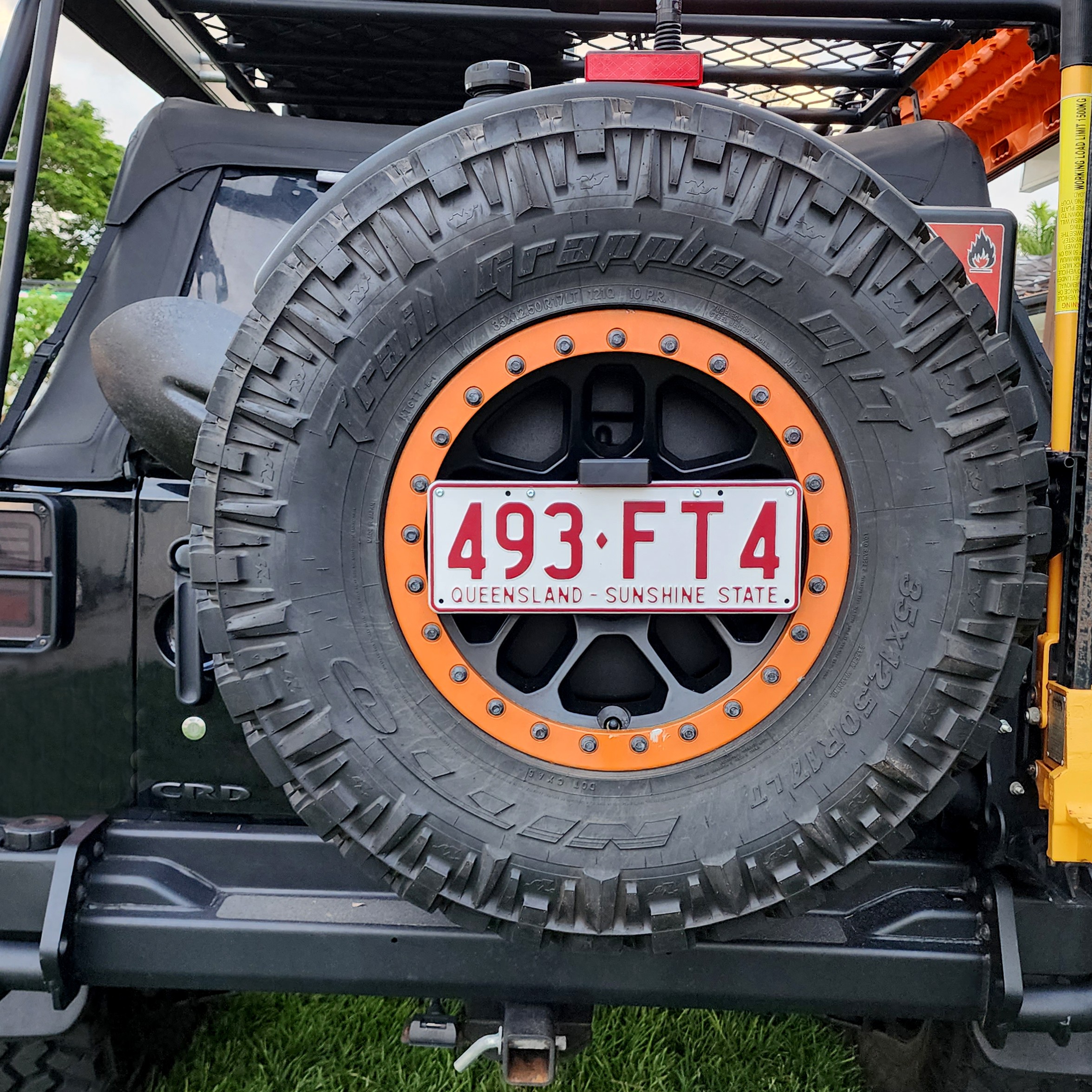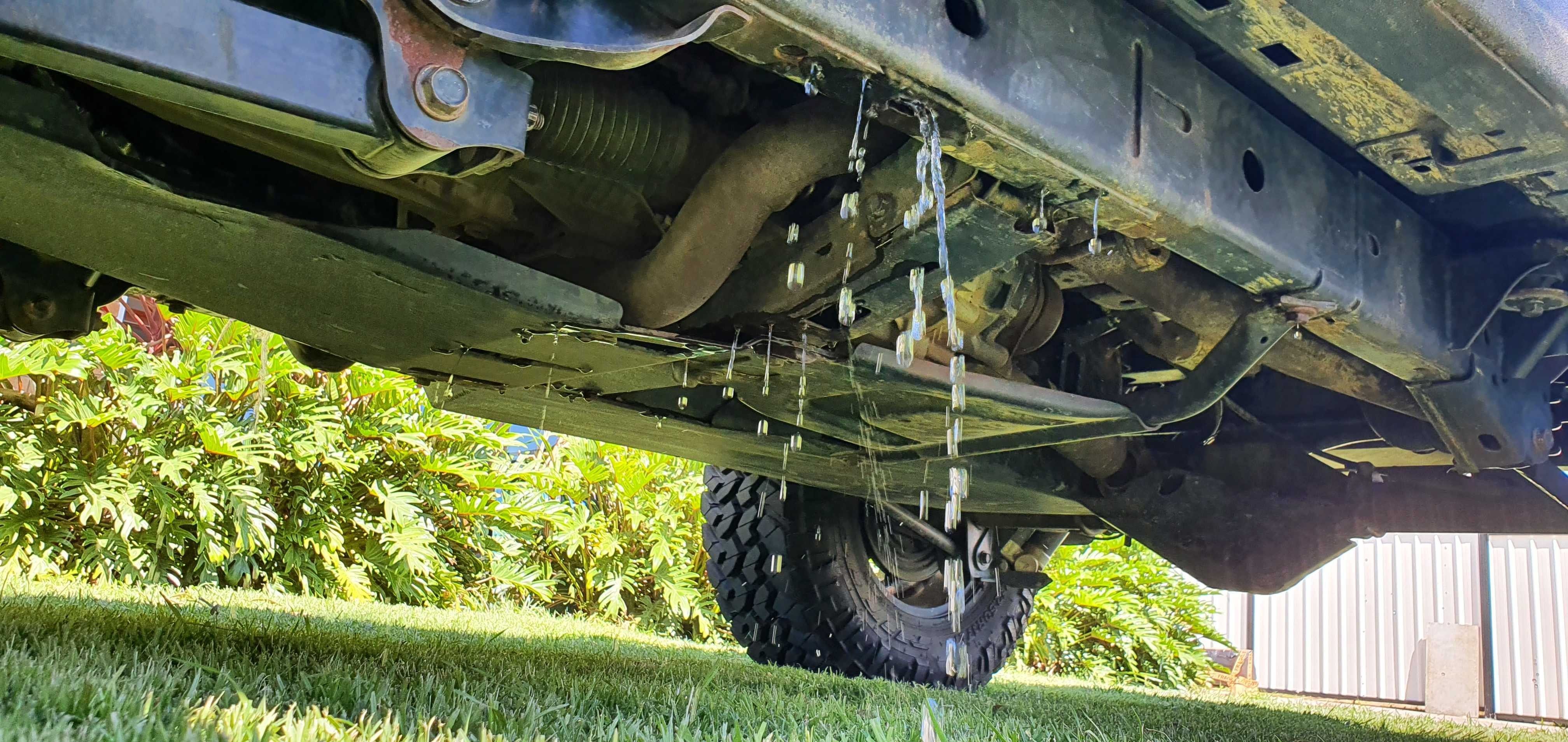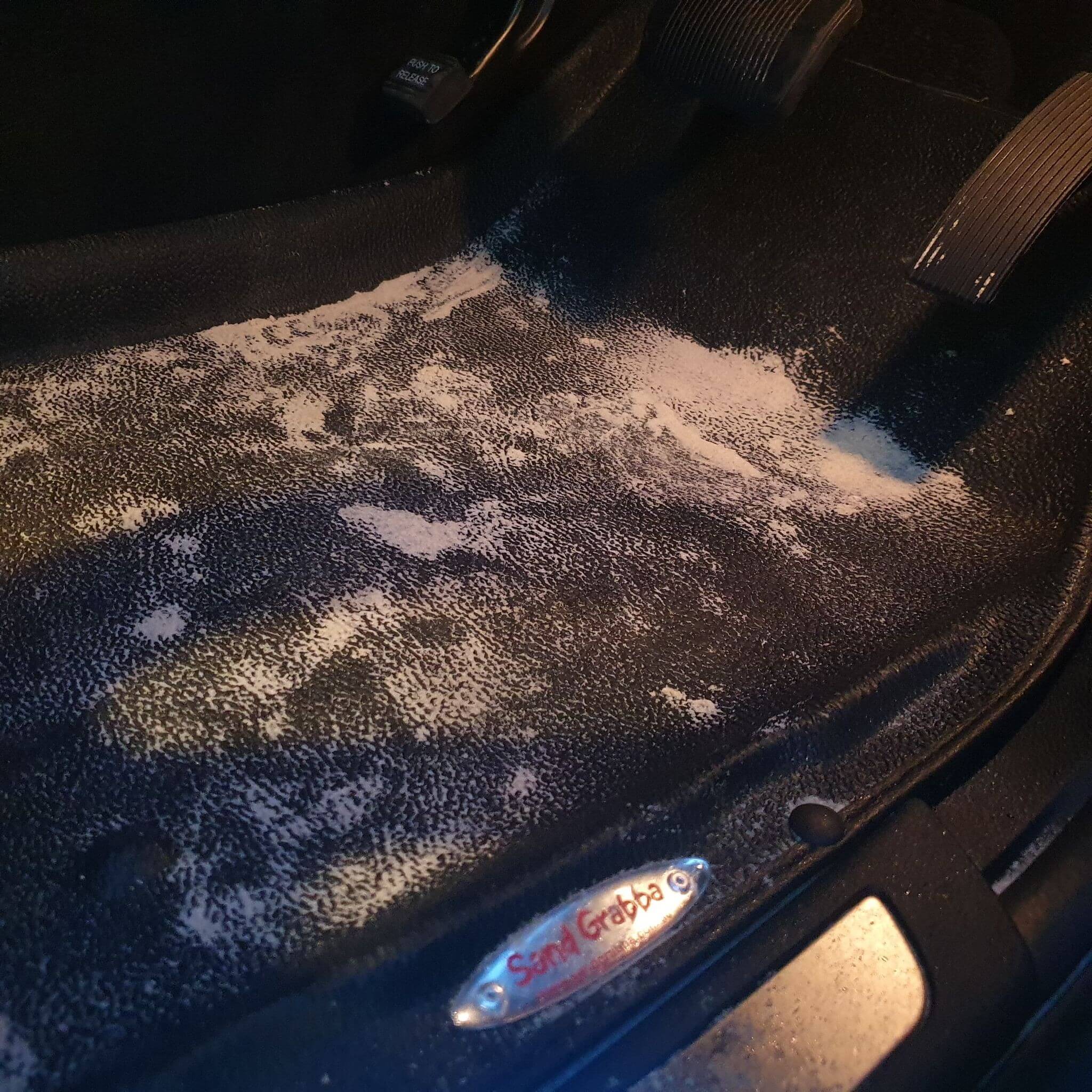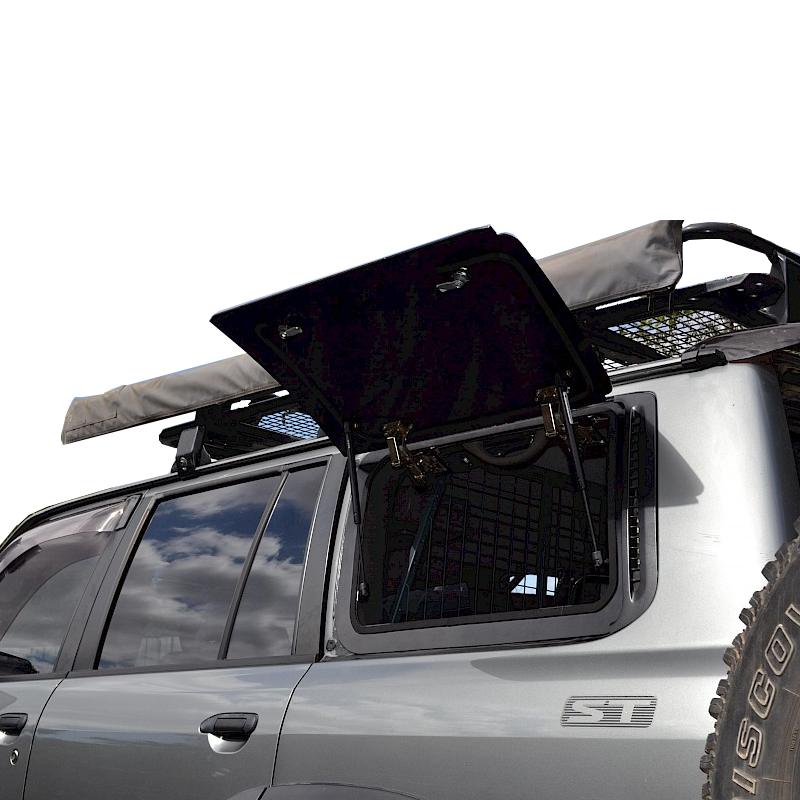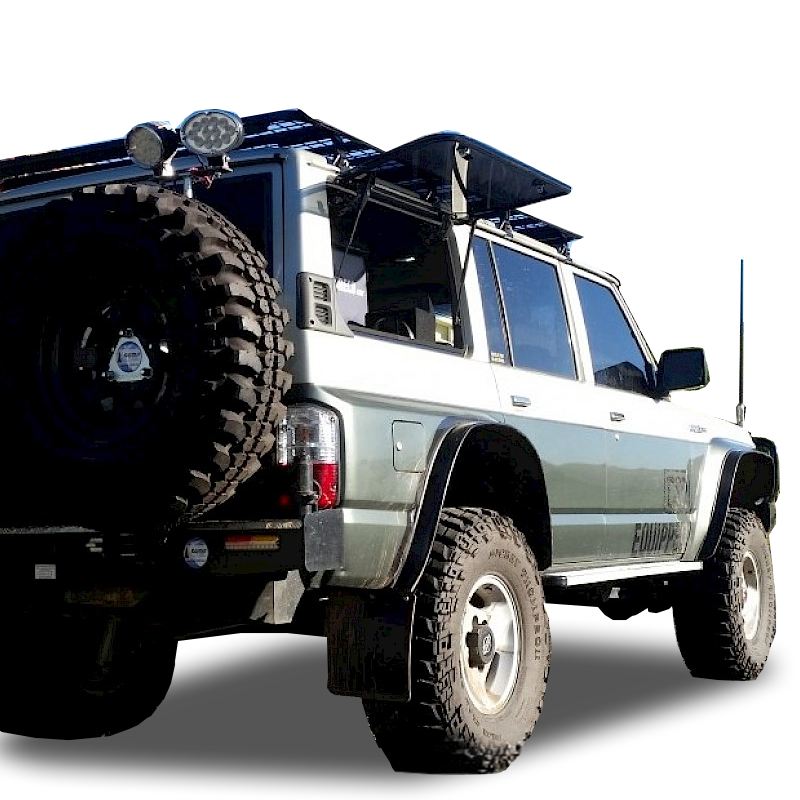4wd Engine Overheating? Prevention Tips & Advice
You should never judge how important something is by its size. Look at the dashboard and, tucked away in a corner, you’ll find the temperature gauge. It’s a lot smaller and less conspicuous than your speedo or rev counter, but it’s at least as important. If that little needle starts climbing into the red you have a bit of a problem, and you’re going to need to sort it out in a hurry. Otherwise you could be looking at some very expensive repairs – and worst case, you could be stuck in the middle of nowhere with a knackered engine.
Overheating is bad news for your engine. If it can’t get rid of excess heat then eventually it’s going to seize up. Obviously this isn’t great, so you need to avoid it if possible and know how to deal with it if it happens. The first thing to do about overheating is to protect yourself against it, and that means keeping your engine in top shape; a well-maintained motor is less likely to suffer in the first place.
-
Check coolant level before every trip
-
Make sure all hoses are properly attached and in good condition; replace any doubtful ones
-
Maintain your radiator – have it professionally flushed every couple of years
Even the best maintained engine can overheat, though. They’re complicated beasts and while they’re pretty reliable, things do go wrong. That means you need to know what to do if the temp gauge suddenly starts climbing. The first thing is vital – stop, as soon as you can do it safely. If you can’t pull over and switch off right away you can buy a few minutes by turning off the aircon, opening all the windows and cranking the heater up full. That will pull some heat out of the engine and give you time to find a safe spot.
Next, check the radiator cap. Your cooling system is pressurised to prevent the coolant boiling off, and if it loses pressure it won’t work very well. Look under the bonnet; if the cap has blown off, or it’s leaking coolant, that’s probably your problem. Be careful though. Don’t try to open the cap on a hot engine, because if it’s still pressurised you’ll get boiling coolant spraying out. Let it cool down for a while before touching it. Then check the gasket inside the cap. If it’s dirty or in bad shape it might not be able to hold the pressure in. You should carry a spare cap, or at least a couple of gaskets, in your repair kit.
If the cap seems fine, check the coolant level and top up with distilled water if necessary. Then look over all the hoses for leaks. Make sure none of them are pinched or kinked – that can stop coolant flow. Hoses can also collapse, which usually happens if they’re old and their internal reinforcement has rusted.
If everything seems fine with these bits, check the radiator itself. The first priority is leaks. If you see coolant dripping out let it cool, then try to patch them with metal putty or epoxy. If it seems tight look for damage that might be locking cooling channels, and check for build-ups of dirt and debris – if the outside is too filthy it can trap heat inside the system. That goes for the whole engine, too, so keep it clean as much as possible.
Give your belts a check, too. The fan and water pump are both driven by belts, and if these are loose or broken your cooling system won’t be working. It’s essential that you carry spares when you set out on any off road trip.
Last, check for head gasket problems. There are a few ways these can show up. If there’s oil in the coolant that’s a big clue. Obviously so is coolant in the oil, and that usually shows up as a milky goop under the oil cap. There’s not much you can do on the road beyond dumping some stop-leak into the system and hoping it holds, but this needs dealt with as soon as you get home.
If you try to ignore an overheated engine it’s soon going to come to a permanent stop, so make sure you have the spares and supplies to deal with it; it’s one of the more common mechanical problems that you can deal with yourself, so be ready to handle it. The best plan is to reduce the risk as much as possible with good maintenance and regular tuning, but if things do start coming to the boil when you’re out in the bush having the right parts and tools will help you get moving again.

